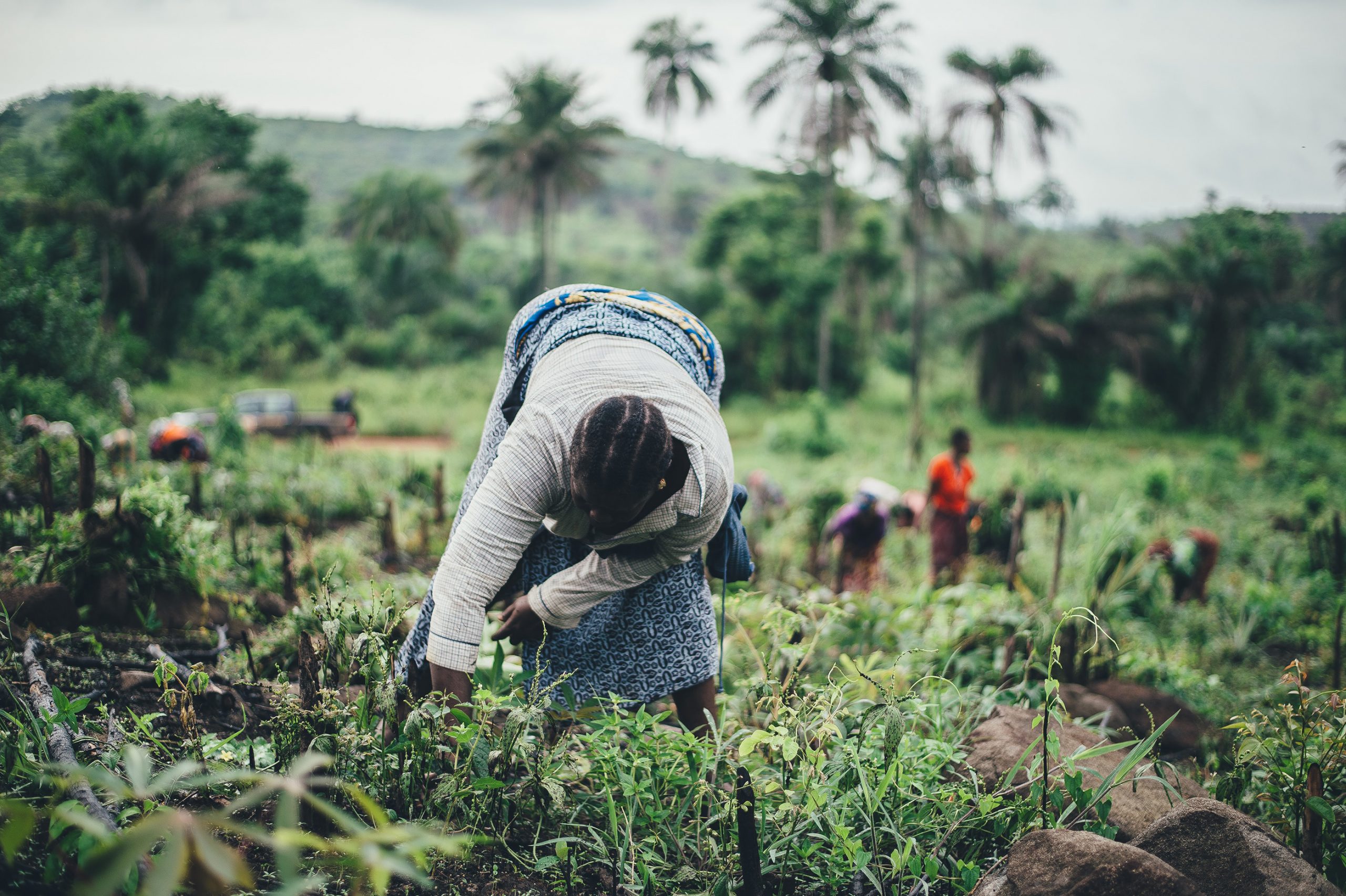
Gender
Women are more affected by climate change and poverty than men
Agricultural workers are among the most drastically affected by rising temperatures, variability in weather, and climate shocks such as drought, flood, and erosion. Women’s unequal access to resources, the insecurity and precariousness of their paid labour, and their disproportionate responsibility for care of dependents, all contribute to the inequality of poverty, and women’s heightened vulnerability to climate hazards.
Climate change is a multiplier of existing vulnerabilities and threatens to reverse recently earned development gains for all people, particularly for women. Women have less access to services and support – such as adequate healthcare, education and modern technology – that make people more resilient to climate change and other shocks and stressors.
Female farmers and women-led businesses face many gender-related challenges
Smallholder farmers often face barriers to participating in climate-smart agriculture and other innovations to increase productivity. These barriers include access to credit, agricultural information, land rights, equipment, inputs, and markets. Female farmers face these constraints more often and more intensely than their male counterparts, due to structural inequality, and they are frequently compounded by social and cultural norms around ‘gender roles’.
These may include perceptions of socially acceptable behaviours, such as who is allowed to travel or make business expenditures; men’s tendency to control external information and resources coming into the home; women’s larger role in unpaid care and domestic work, which reduces their time available for income generation; and gender stereotypes about women’s abilities, e.g. better suited to attend to details, sort items, or handle only small livestock and subsistence crops.
As a result of such limitations, women are less likely to benefit from formal agricultural opportunities and innovations. Additionally, financial and non-financial barriers faced by business owners in general can be exacerbated specifically in women-owned and -led SMEs, for instance, a land title may be required as collateral for a loan, but women own roughly 1% of all registered land titles.
Landscape Resilience Fund’s approach to gender
The Landscape Resilience Fund aims to follow a broader gender equality and social inclusion (GESI) approach. It promotes equal and inclusive access for women and other vulnerable groups (e.g. youths, minority groups) to participate in, contribute to, and benefit from LRF-financed activities, in support of LRF’s efforts to improve climate resilience in rural landscapes.
The LRF has three guiding principles for gender and social inclusion, to promote equal and inclusive access, decision-making, participation, and well-being for the most vulnerable groups:
- Integrate gender and social inclusion considerations across all LRF frameworks and processes
- Identify and fund projects that contribute to gender equality and social inclusion, identify opportunities to increase these benefits through project design, and monitor and report on these impacts
- Recognising that women are disproportionately impacted by climate change, consider the interactions between gender and climate, and support interventions and innovations that can address this inequality
The LRF has two main approaches to operationalise these principles:
- i) use of appropriate safeguards and risk analysis/monitoring, as part of a ‘do no harm’ or gender-sensitive approach
- ii) integrating and strengthening positive opportunities in the activities financed by the LRF, as part of a ‘doing good’ or gender-responsive approach
These are implemented through LRF’s Environmental and Social Management System (ESMS), which is used to identify, manage, and monitor environmental and social risks, and the Resilience and Impact Framework (RIF), which is focused on maximising and monitoring positive impact.
